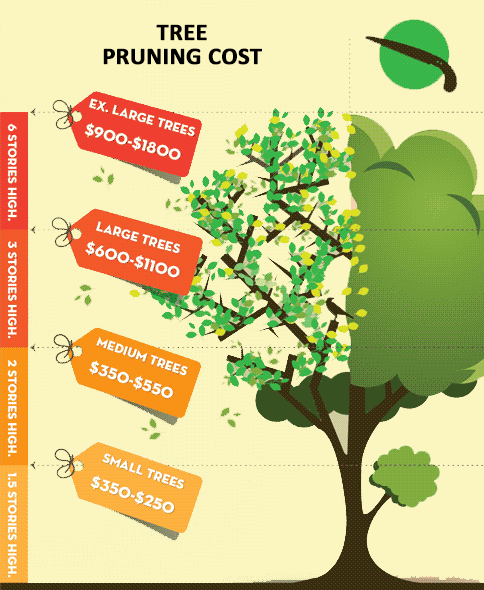Seasonal Tree Maintenance: Guidelines For Managing Trees Prior To And After They Are Eliminated
Seasonal Tree Maintenance: Guidelines For Managing Trees Prior To And After They Are Eliminated
Blog Article
Web Content By-
When it involves seasonal tree treatment, making certain appropriate administration before and after removal can significantly influence the health and aesthetics of your landscape. By recognizing the needed actions involved in evaluating tree health and wellness and preparing for elimination, you can proactively secure your residential property. However what about future garden reviews to follow as soon as the tree is gone? Stay tuned to uncover the necessary post-removal care steps that will help you cultivate a flourishing and sustainable atmosphere for your trees.
Pre-Removal Tree Treatment
Before dealing with the elimination of a tree, it's vital to prioritize pre-removal tree care. Beginning by evaluating kingkiner tree service and structural stability. Try to find indicators of illness, pest problems, or any kind of architectural concerns that may posture a safety and security risk throughout elimination. It's important to seek advice from a qualified arborist to establish the most effective course of action.
Pruning dead or diseased branches can protect against more damages to the tree and guarantee a smoother removal process.
In addition, take into consideration the ecological effect of eliminating the tree. Trees play an important function in our ecological community, so growing a new tree in a suitable location can aid offset any type of loss. Ensure that you have the necessary licenses and permissions for tree removal, specifically if the tree is safeguarded by local laws.
Seasonal Maintenance Tips
Examining your tree's requirements throughout the year is crucial for its health and durability. To keep your trees in leading condition, adhere to these seasonal upkeep suggestions.
In spring, concentrate on trimming to eliminate dead or broken branches and encourage brand-new development.
Summertime calls for regular watering, specifically throughout droughts, to ensure your tree remains hydrated.
As autumn approaches, keep an eye out for early indicators of condition or stress and anxiety, and consider applying mulch to protect the roots during winter season.
In arborist certification study guide , beware when getting rid of snow from branches to prevent breakage, and continue to check your tree's total wellness.
Keep in mind to readjust your care regular based on the certain requirements of your tree species and regional environment. By staying conscientious and proactive throughout the seasons, you can aid your trees flourish and prosper for many years to find.
Post-Removal Tree Care
To ensure the health of your landscape also after tree removal, proper post-removal care is essential. After a tree is eliminated, it's vital to fill up the continuing to be hole with topsoil and portable it to avoid settling. This will assist keep the integrity of the ground and protect against potential dangers in the future.
Take into consideration growing brand-new plants in place of the removed tree to restore the balance and looks of your landscape. Routinely water the area to promote the development of new plants and stop soil erosion.
Inspect the surrounding trees for any kind of indications of disease or anxiety that may have been caused by the removed tree. Keep an eye out for bugs that might've been attracted to the previous tree and take preventive measures to shield the continuing to be plants.
If needed, consult with a specialist arborist to evaluate the impact of the elimination on the surrounding trees and identify any type of additional care required. By adhering to these post-removal care steps, you can guarantee the continued health and elegance of your landscape.
Final thought
Finally, aggressive seasonal tree treatment is essential for maintaining the wellness and balance of your landscape. By assessing tree wellness, pruning, and seeking advice from an arborist before removal, you can guarantee a risk-free procedure. After removal, filling the hole, growing new plant life, and routine watering will promote new growth and stop disintegration. Keep in mind to inspect bordering trees for disease and seek further treatment steps from an arborist to keep your landscape growing.
